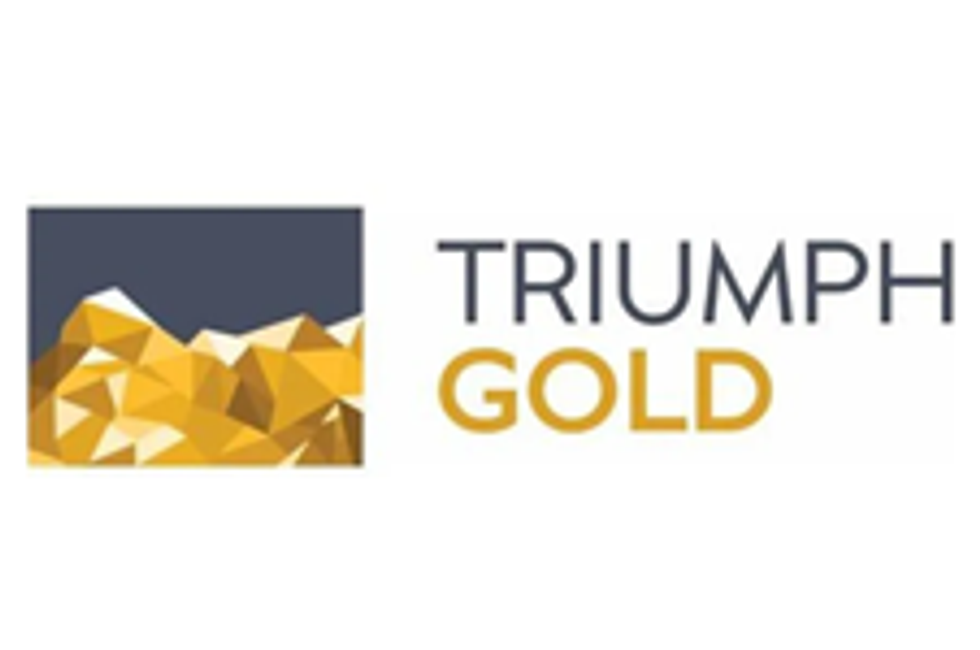
While the gold price cooled off significantly after the US election in November, the gold outlook for 2017 looks bright. Here’s what analysts see coming.
Unsurprisingly, 2016 was a volatile year for the gold market. At the start of the year, analysts were all over the map in terms of the gold outlook. Some were calling for prices as high as $1,382 per ounce, while others projected prices lower than $1,000.
On the contrary, the gold price had a strong start to the year, rising to $1,237.90 before March. By July, the yellow metal had soared to $1,365.40 following the Brexit decision in June. Since then, the gold price has dropped off drastically — despite a momentary spike during the US election — and was trading at $1,132.50 on December 20, 2016.
To get a better idea of what drove gold in 2016, and of the gold outlook for 2017, we spoke with Jeffrey Nichols, senior economic advisor at Rosland Capital; David Morgan of The Morgan Report; Erica Rannestad, senior precious metals analyst at Thomson Reuters GFMS; and Terry Yaremchuk of Chippingham Financial Group.
2016 gold themes: Politics, US dollar and inflation
It’s impossible to talk about the gold outlook without mentioning the implications of Brexit and the US election.
Rannestad noted that Britain’s decision to leave the EU and the election of Donald Trump as president “led to increased uncertainty” in the market.
However, Morgan commented that the outcome of the US election wouldn’t particularly impact the precious metals sector. While that could certainly be the case long term, the gold price did substantially fall off in the days following the election, even dropping to nine-month lows.
Nichols agreed with Rannestad, commenting that Trump’s victory will have huge implications for the gold outlook, and the resource sector in general. “His statements over the course of his campaign were all contradictory, so we don’t really know where he stands on a lot of issues,” he noted.
For that reason, Nichols said he was surprised the failure of inflation didn’t push the gold price much in 2016. “I was much more bullish on the market,” he said about his 2016 gold outlook. “I was surprised by the failure of gold to move substantially higher.”
Relatedly, Nichols pointed out that many people look at interest rates as a key to the gold price. Instead, he said it’s real interest rates that should be considered.
Gold outlook: 2017 price increase?
Moving into 2017, Nichols’ gold outlook is for prices to move much higher. Specifically, he said there’s going to be a “surprising gold price increase” that could take the metal within striking distance of its historic highs later in the year, based on monetary policies.
To that end, however, Yaremchuk said the statistical and technical indicators he follows suggest that gold was getting overbought and was due for a correction. Yaremchuk said one key indicator is the moving average of convergence/divergence, also known as MACD; on a weekly basis the MACD and RSIR are indicating that the next move for gold will be up.
Over the last five years, the gold price has more or less been stuck in a bear market. Yaremchuk noted once the bear market runs its course, and if it is indeed at the end of a bear market and the beginning of a new bull market, then it goes in three stages.
The first stage, he said, is an accumulation stage, and the second stage sees more mainstream investment, when gold companies start performing well, and a correction stage. The third stage is usually “the strongest move of a bull market.” On that note, Yaremchuk said it looks the industry has just finished phase one of that stage and is making its way to stage two.
“If this turns out to just a correction stage after stage one, then we’re going to see higher highs,” Yaremchuk said of the gold outlook.
Morgan agreed that gold prices will rise in 2017, noting that he is “more favorable” to a longer consolidation period. “2017 will definitely see a lift throughout the year,” he said. “It won’t be straight up, ebb and flow, but will overall be higher in 2017 than 2016.”
Of course, there will be contributing factors for the yellow metal to see a spike: importantly, Nichols noted, one thing that will be a driving force is demand from China and India. “Both countries have significant cultural and social affinity to holding gold as form of investment and savings by many people in both countries but for different reasons,” he said. “We think that’s going to continue.”
In that regard, Nichols stated that gold that goes to China and India is unlikely to come out again in any perceivable time frame, suggesting that this is a reduction in what he calls the “availables via gold that is available in the market place.” When westerners get revved up again about gold and there’s an adequate supply, there’ll be higher gold prices, Nichols said.
“The panics of the gold market rely importantly on the idea that Asia is going to be a continuing buyer of gold,” he added. “That gold is very likely to get some strong hands and isn’t likely to come out except at much higher prices.”
In terms of where the gold price will land next year predictions, of course, vary. Citi Research sees the gold price falling to $1,135 in the second quarter, but rising up to $1,180 in the last three months of 2017.
Yaremchuk said it could range between $1,200 and $1,400, but it might not be until 2018 that it “gets some serious momentum” and starts challenging previous highs, and to not expect much higher than $1,400. He added it wouldn’t surprise him if it reached his highest prediction of $1,500, but he’s certainly not expecting it to reach quite that high.
“My gut says we continue to work our way higher in 2017, and trade in a range somewhere in the $1,225 to $1,400 range for the year,” he said.
Some higher predictions include Jeffrey Christian’s, managing partner of the CPM Group, who told the Northern Miner (subscription) that he expects gold to average $1,325 next year before increasing significantly beyond 2017. Scotiabank is also optimistic about the gold price, forecasting it will average $1,300 in 2017, while Societe Generale (EPA:GLE) is also calling for a $1,300 average in 2017. The panel over at FocusEconomics expects the yellow metal to average slightly lower, at $1,297 next year.
However, not everyone is bullish on gold making strides in 2017. For example, ABN Amro Group (AMS:ABN) suggests the gold price will fall to $1,100 by the end of next year, with a price recovery coming in 2018. Chris Beauchamp, head of market analysis at IG Group, expects gold to go lower than that, saying it could end up below $1,000 before the end of 2017.
Gold outlook: Investor takeaway
Looking ahead, Nichols said investors interested in the gold outlook should look from a technical standpoint at gold’s ability to establish itself higher than it has in the last year or two. He noted that there was heavy resistance late in 2016, but if gold can break through from there it will make a big difference to investor perceptions about gold’s ability to move higher.
“It’s pretty firm what needs to be broken psychologically for gold to really take off,” he added.
As we all know, markets are volatile, and investors flock to precious metals like gold as a safe haven, and Nichols said there’s going to be a lot of uncertainty as Trump’s administration takes form. With that in mind, those in the gold market will no doubt be curious to see how 2017 unfolds, and how a Trump presidency will impact the gold outlook.
Don’t forget to follow us @INN_Resource for real-time news updates.
Securities Disclosure: I, Jocelyn Aspa, hold no direct investment interest in any company mentioned in this article.
Editorial Disclosure: The Investing News Network does not guarantee the accuracy or thoroughness of the information reported in the interviews it conducts. The opinions expressed in these interviews do not reflect the opinions of the Investing News Network and do not constitute investment advice. All readers are encouraged to perform their own due diligence.





